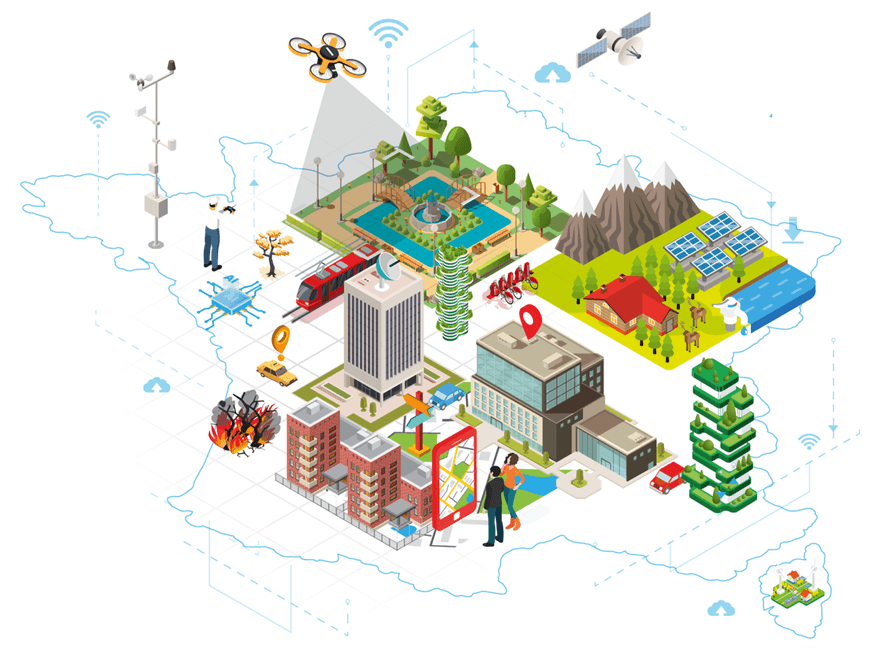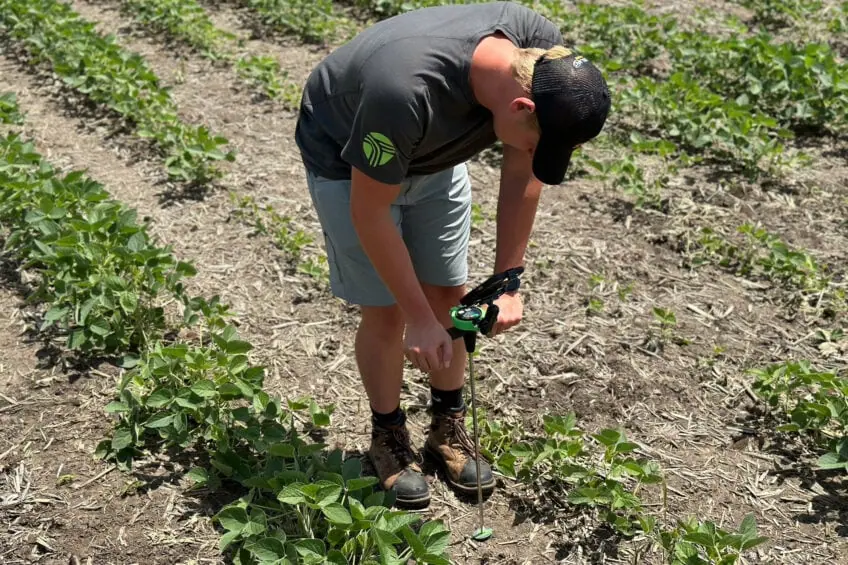STAGE FIN D'ETUDES (ingénieur/master) Technologies numériques et productivité des exploitations agricoles
novembre 19, 2015Ou en est-on des bio-capteurs pour détecter les résidus de pesticides en ligne ?
novembre 20, 2015Cet article se penche sur l’étude intra-parcellaire de la phénologie de la vigne. Il montre notamment que la variabilité spatiale de la phénologie de la vigne est stable au sein du même saison et d’une année à l’autre. Ce papier met ainsi en avant l’importance de prendre en compte cette variabilité spatiale de la phénologie dans les différentes opérations cultures (taille, traitements, récolte…)
Toutes les infos sur : http://link.springer.com/article/10.1007/s11119-015-9418-5
Spatial variability of phenology in two irrigated grapevine cultivar growing under semi-arid conditions –
Verdugo et al – 2015
Abstract
Knowledge and monitoring of the grapevine phenology during the season are important requirements for characterization of productive regions, climate change studies and planning of various production activities at the vine field scale. This work aims at studying the spatial variability of grapevine phenology at the within field scale. It was conducted on two fields, one of cv Cabernet Sauvignon of 1.56 ha and the other of cv Chardonnay of 1.66 ha, both located in Maule Valley, Chile. Within each vine field, a regular sampling grid was designed, to carry out weekly measurements of phenology and maturation. The main results show that there is a significant spatial variability in the phenological development and maturation at the within field scale for both fields. This variability is spatially organised and temporally stable from the beginning of the season (post-budburst) to harvest and over the years. A cluster analysis allowed us to define two clearly contrasted zones in terms of phenology and maturation in both fields, explained by the microclimate. The magnitude of difference between zones varied from 4 to 9 days depending on phenological stages and from 5 to 43 days for maturation. These differences are similar and comparable to that observed at larger scales or under scenarios of climate change. These results highlight the necessity to better take into account this variability to improve sampling and to base decisions of production activities (spraying, harvest, pruning, etc.) application on more relevant information. Further investigations should determine the environmental factors that determine the observed spatial variability.
Keywords
Vitis vinifera Berry maturity Within field variability Temporal variability Management zones Climate change



